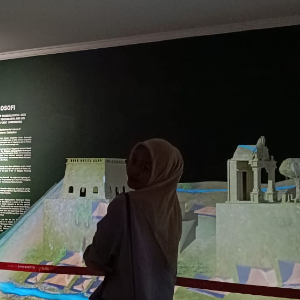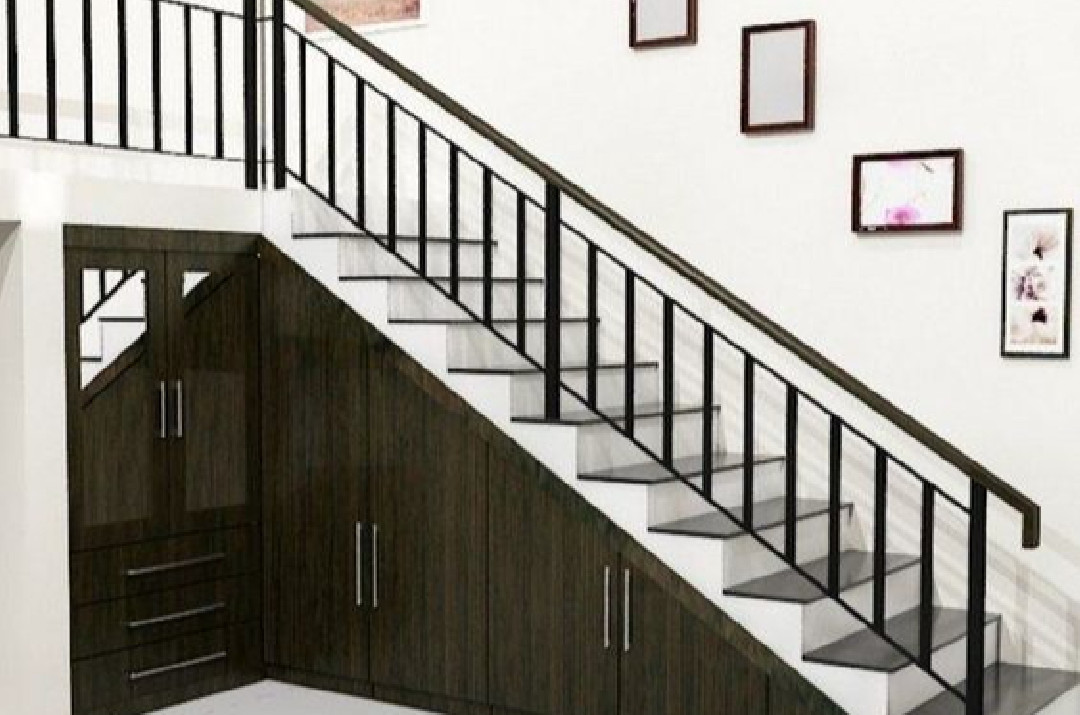Guide to Choosing the Right Staircase for Your Home
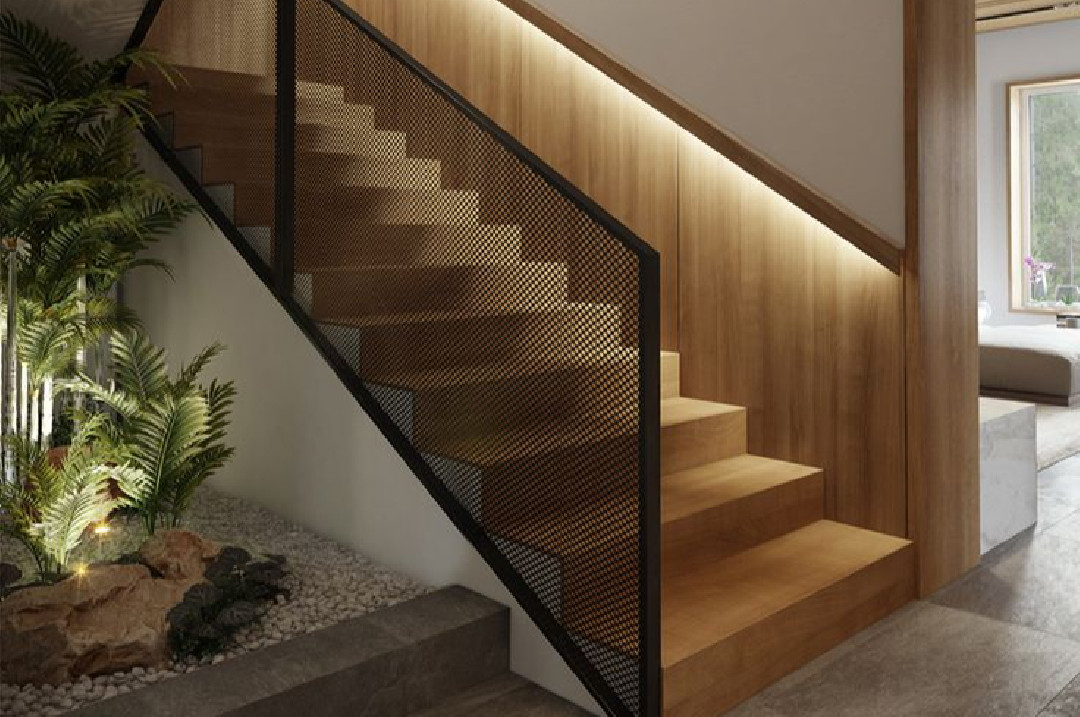
A staircase is not just an architectural element that connects different levels in a home; it can also enhance the aesthetics and comfort of your living space. Choosing the right staircase requires careful consideration of various factors, from design to materials, from safety to budget. This article will guide you through the key factors to consider when selecting a staircase that suits your home’s needs and style.
1. Determining Function and Space Requirements
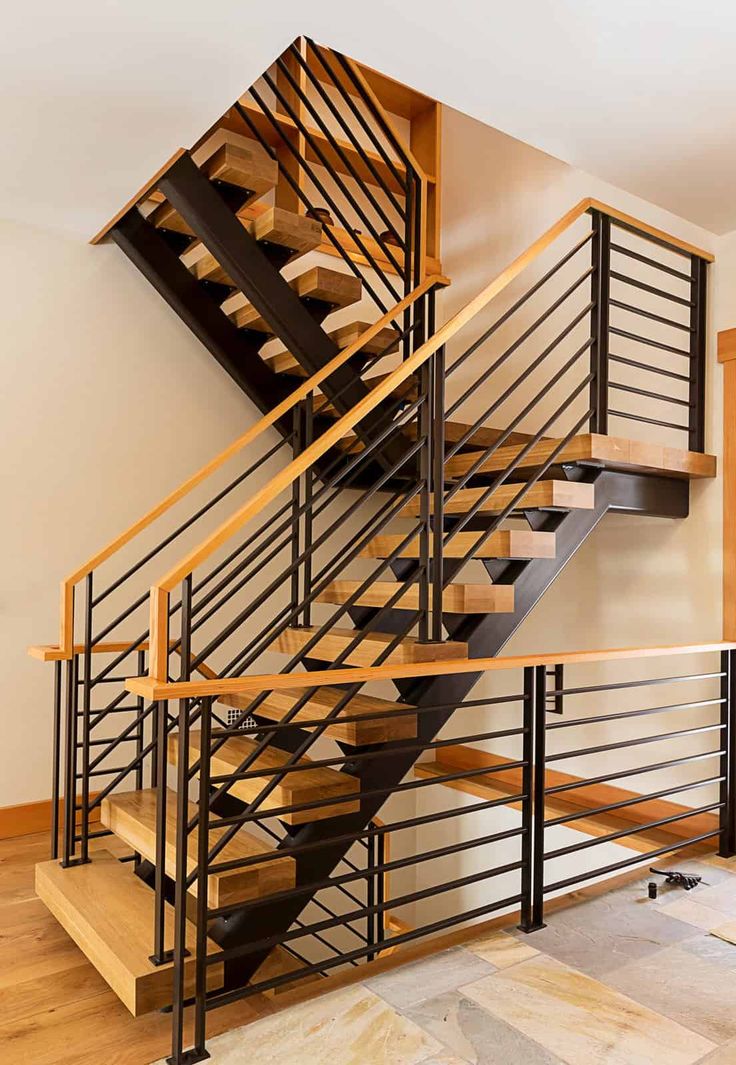
The first step in choosing a staircase is to understand its primary function and how it will interact with the available space. For example:
- Main Staircase: As the primary access between floors, this staircase should be wide and comfortable to use. Straight or U-shaped staircases are generally more comfortable and provide an elegant appearance.
- Secondary Staircase: These staircases typically connect less frequently used areas, such as attics or basements. Their design can be simpler, like a spiral staircase or foldable stairs that save space.
- External Staircase: If you need a staircase outdoors, consider materials that are weather-resistant and can withstand temperature changes. Exterior staircases often require extra maintenance to prevent corrosion or wear.
When determining space requirements, also consider accessibility factors. For instance, a staircase with a steep incline might be difficult or unsafe for children and the elderly. Ensure that the space around the staircase is wide enough for comfortable and safe use.
2. Choosing a Staircase Design that Matches Your Home’s Style
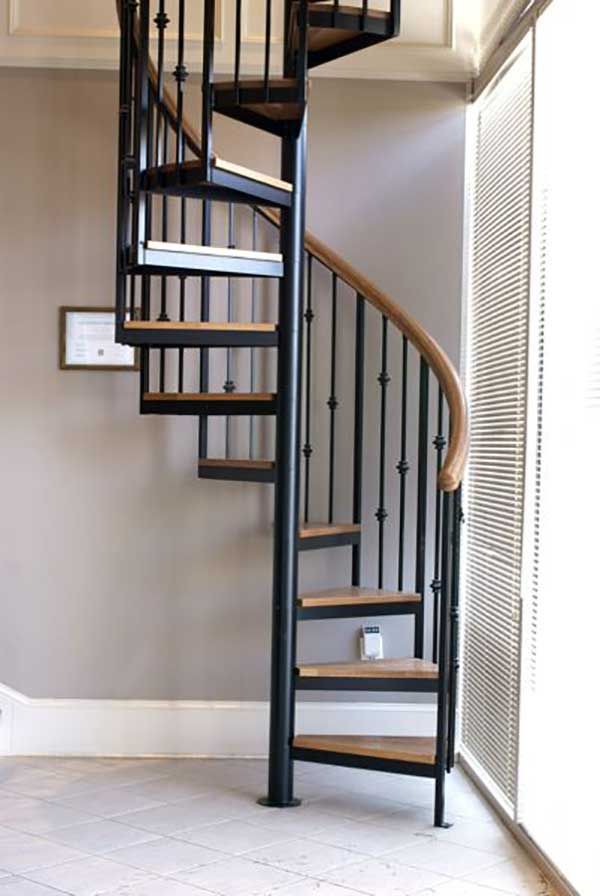
The staircase design should be harmonious with your home's architectural style. Here are some common staircase design options:
- Straight Staircase: The simplest and most common design, suitable for homes with a minimalist or classic style. It requires a relatively long horizontal space.
- Spiral Staircase: Space-saving and unique, but it might be less comfortable for daily use, especially for children and the elderly.
- L/U-Shaped Staircase: Turns once or twice, ideal for homes with limited space while maintaining comfort and aesthetics.
- Floating Staircase: A modern design with steps that appear to float without visible support. It gives a light and elegant impression but requires a strong structure for safety.
When choosing a design, also consider lighting. A well-lit staircase is not only safer but can also be an attractive design feature. Natural light from windows near the staircase or the use of small lights along the steps can add a dramatic touch.
3. Selecting Staircase Materials Based on Functionality and Aesthetics
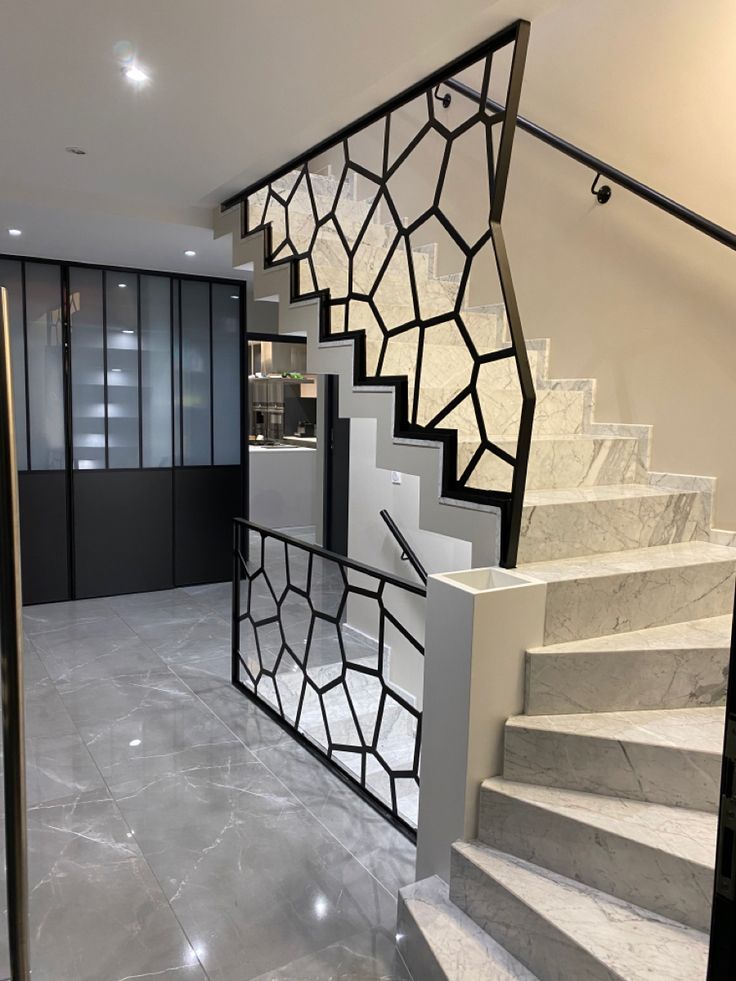
The choice of materials greatly influences the appearance and functionality of a staircase. Here are some material options to consider:
- Wood: Provides a warm and natural feel, wood is a popular choice for staircases in homes with classic or rustic designs. Hardwood types like oak or mahogany are more durable and suitable for heavy use.
- Metal: Staircases made of metal such as steel or iron are often used in modern or industrial designs. The strength and durability of metal make it ideal for frequently used staircases. However, metal can feel cold and hard, so consider its use in spaces that are often traversed.
- Concrete: Robust and durable, concrete is a suitable material choice for exterior staircases or spaces with an industrial style. Concrete can also be covered with other materials like wood or tiles to create a more attractive appearance.
- Glass: For a more modern and open design, glass staircases can be an option. Glass offers a transparent and light impression, ideal for homes with good natural lighting. However, glass requires extra maintenance to keep it clean and might be less suitable for homes with children.
In addition to selecting the main material, also pay attention to the material for the handrail. Handrails made of wood or metal with an ergonomic design not only enhance the appearance of the staircase but also improve safety.
4. Ensuring Safety and Comfort
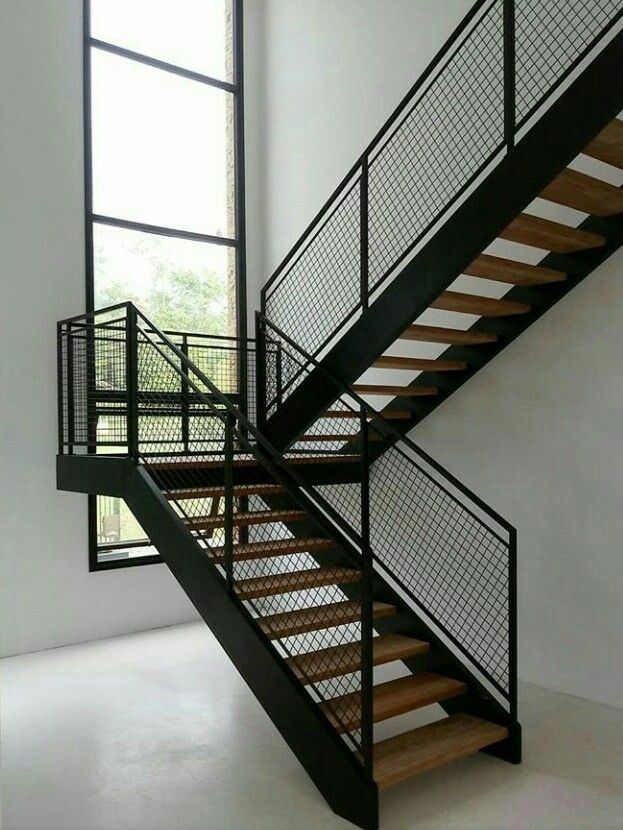
Safety is one of the most important factors in choosing a staircase, especially if you have young children, elderly family members, or those with special needs. Some safety aspects to consider include:
- Step Height and Depth: The ideal step size ranges from 15-18 cm for height and 25-30 cm for depth. Proper dimensions make the staircase more comfortable and safe.
- Handrail Installation: The handrail should be sturdy and at a comfortable height (about 90 cm from the steps). Ensure the handrail is not too slippery, and if possible, add handrails on both sides of the staircase.
- Anti-Slip Surface: The surface of the steps should have good traction, especially if made from slippery materials like wood or glass. You can add an anti-slip coating or stair carpet to reduce the risk of slipping.
Additionally, staircase lighting should be bright enough to prevent accidents. Well-placed lighting, whether from wall lamps or step lights, helps improve visibility and safety.
5. Budget Planning and Cost Management
Choosing the right staircase also involves careful budget planning. Staircase costs can vary greatly depending on materials, design, and installation complexity. Here are some tips for managing your budget:
- Set Priorities: If your budget is limited, determine what is most important—design, materials, or safety. You can compromise on certain aspects to keep the budget under control.
- Consider Maintenance Costs: Some materials, such as wood and glass, require regular maintenance to keep their appearance. Consider these long-term costs in your budget.
- Look for Deals or Discounts: If possible, look for deals or discounts on materials or installation services. However, make sure not to sacrifice quality for a lower price.
Also, consult your budget plan with a contractor or interior designer to get a clearer picture of the required costs and available alternatives.
6. Consulting with Professionals
Choosing and installing a staircase requires specialized skills. If you feel uncertain or unsure about your choices, consulting a professional might be a wise decision. An experienced interior designer, architect, or contractor can offer advice based on their experience and help you avoid costly mistakes.

